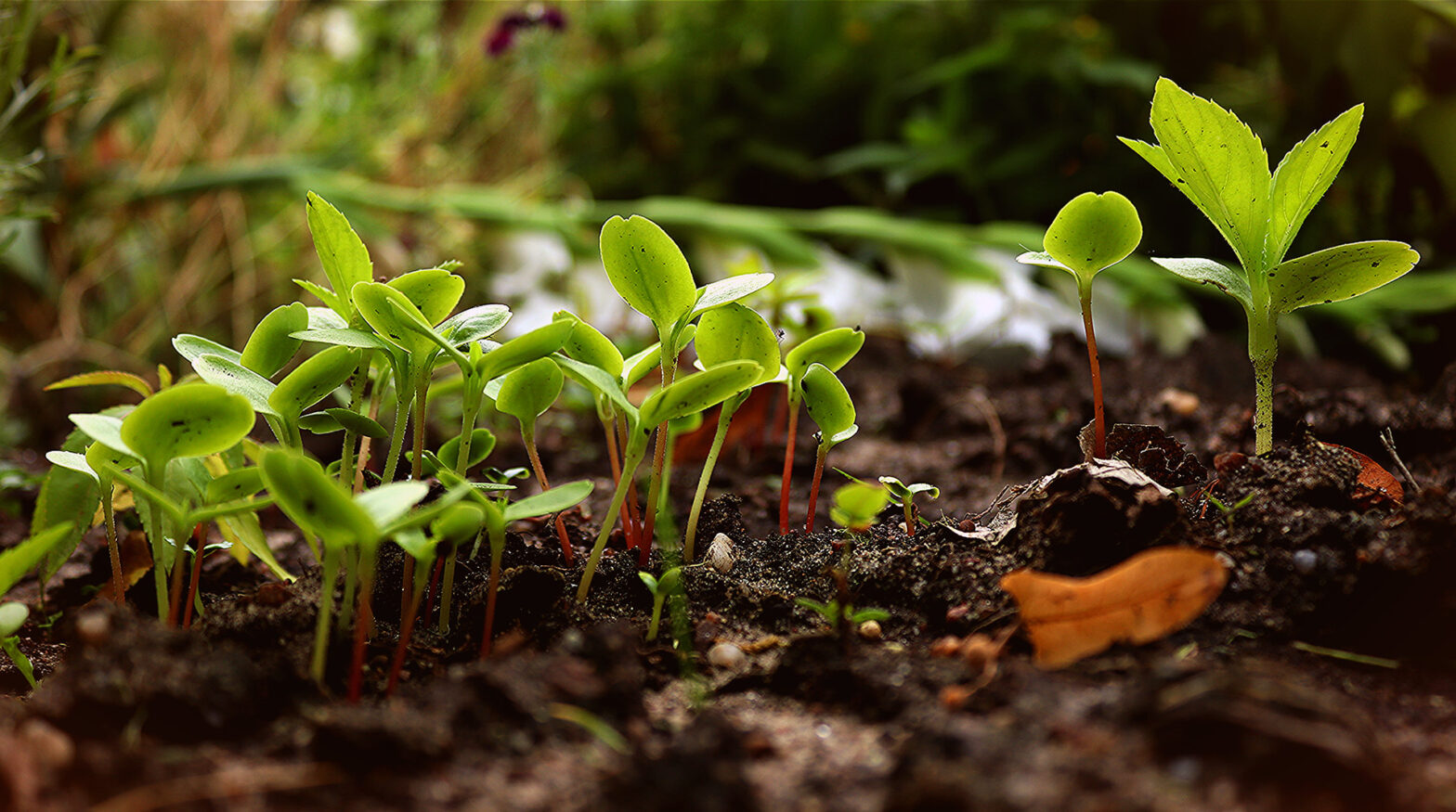Soil health is something every gardener considers at some point. Whether switching plants, or wanting to plant the same plant as last year, growers must think about whether or not the soil has the nutrients needed to support the plants. Additionally, fertilizer can be added to soil to change the available nutrients. However, understanding the soil nutrients required still leaves the question: “How are nutrients in the soil absorbed by the plant?”.
Ensuring plants receive the proper nutrients starts with understanding how plants take in nutrients from the soil. Then, you can determine the best nutrients suited for growing a particular plant.
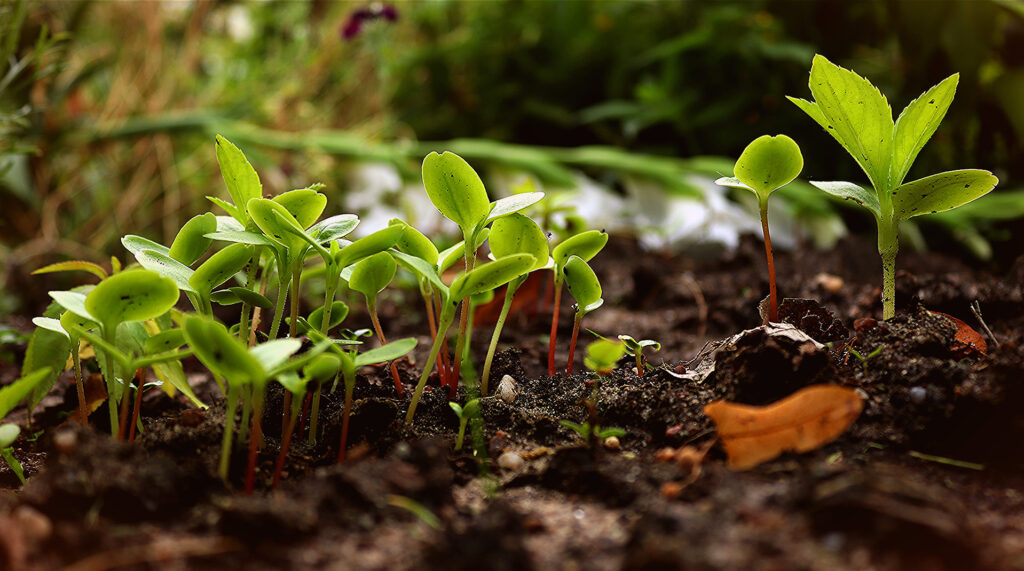
Why Does Nutrient Absorption Matter?
Plants require many different types of nutrients, and a deficiency in any nutrient can cause issues in plant growth. Nutrients can exist in multiple different forms. Plants have multiple routes for absorbing nutrients, but not every form a nutrient can be absorbed by a plant. Even if a nutrient is available, if it is not in a form the plant can absorb, then the plant could still become deficient.
2 Important Routes of Nutrient Uptake
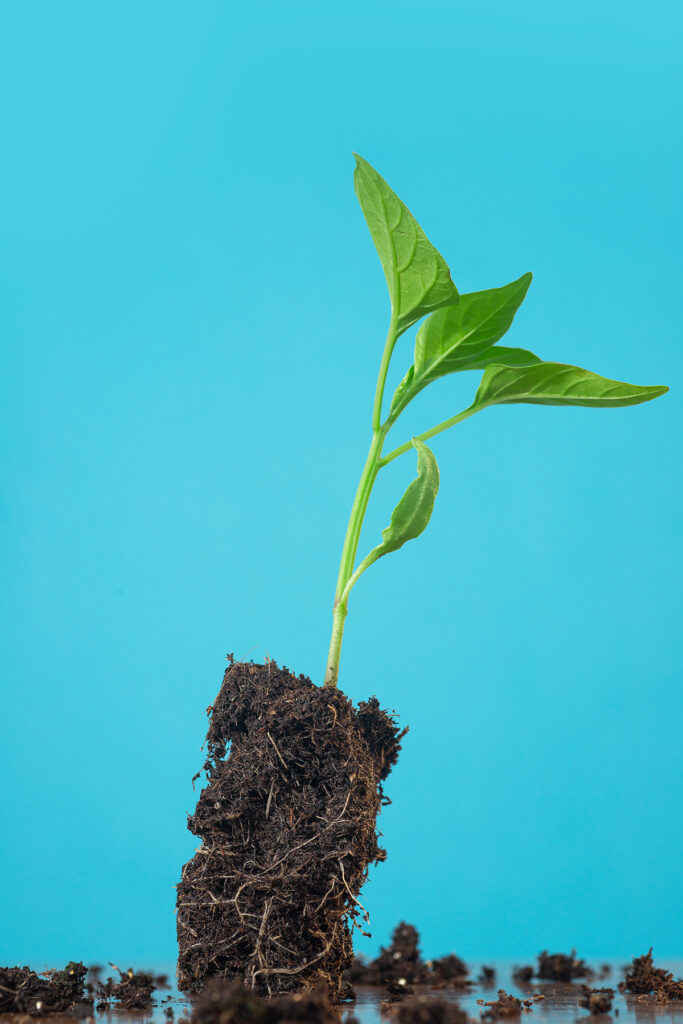
Roots:
One way plants take up nutrients from the soil is through their roots. Plants have complex root systems which hold them in place and allow them to absorb nutrients. For many plants, the root system below the ground is as large and complex as the leaves and branches above the ground.
However, roots do not seek out nutrients in the soil. They grow into the soil, and can only absorb the nutrients they are in contact with. In order to make new roots, the existing roots must be in contact with nutrients, absorb the nutrients, and use them to take up nutrients.
Leaves:
Believe it or not, a plant’s leaves are essential for helping the plants absorb nutrients from the soil. Leaf transpiration occurs when water present in plant leaves evaporates back into the atmosphere. As water evaporates from the leaves, the leaves draw in water from the stem. In turn the stem draws in water from the roots.
This creates a suction force that allows the plant to draw in more water from the soil. Suctioning water from the soil draws nutrients to the surface of the roots. The suction force driving the rate of leaf transpiration is vapor pressure deficit.
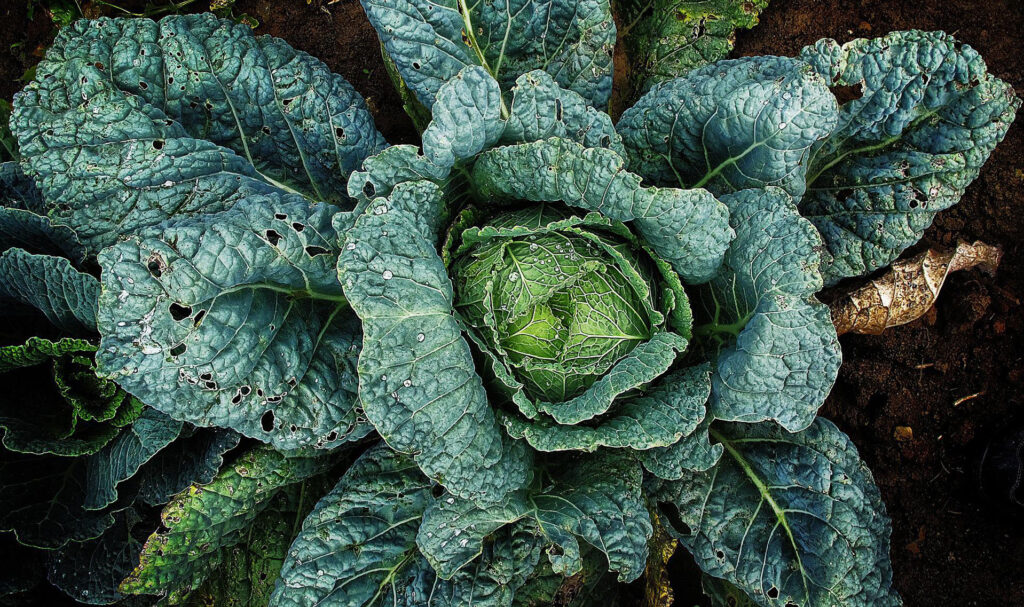
Vapor Pressure Deficit
Scientifically this means the difference in vapor pressure in leaves, and the vapor pressure of the surrounding air. In terms of growing, understanding how to control VPD can help gardeners control the rate of transpiration.
Making sure plants receive plenty of sunlight is important to increasing the rate of transpiration. However, if the environment is too hot and dry, plants can transpire too quickly and take up a toxic level of nutrients. LED lights can help ensure plants receive the appropriate amount of sunlight.
How do nutrients enter the plant?
While leaf transpiration is an important process to draw nutrients to the surface of the root, the nutrients still need to enter the inside of the plant. This is where the form the nutrient exists in becomes important. A nutrient in a form which cannot be processed by the plant will not be able to enter the plant.
Nutrients enter the plant through three main methods.
Diffusion:
Some nutrients enter the plant via diffusion. Diffusion occurs because particles move from an area of high concentration to an area of low concentration. Think of spraying Febreze: the scent will reach most areas of a room as the particles spread to regions of lower concentration.
In or for a process to be considered diffusion particles must pass through a semipermeable membrane. Semi-Permeable means some particles can pass through the membrane, but others are blocked. In soil with a high concentration of nutrients, the nutrients will move away from the high concentration region to an area with a lower concentration.
In this case the area of lower concentration can be inside the root. This process remains slow and controlled, and as the concentration in the roots increases, the process becomes slower. In order for diffusion to occur, there needs to be a high concentration of nutrients outside the soil. Fertilizer can help increase the concentration of nutrients in the soil, which can increase diffusion.
For some nutrients, like Phosphorus and Potassium, which are not very mobile, diffusion is the primary method of transport. There are many commercial options you can use too.
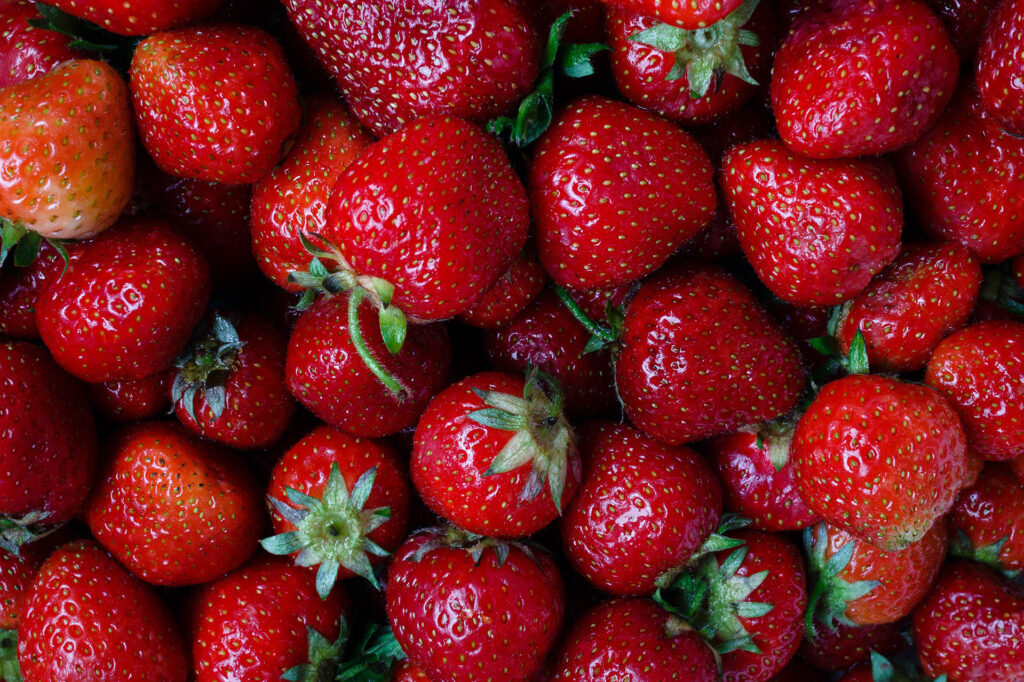
Mass Transport:
As water enters the plant through the roots, some nutrients can travel in the water. In order for a nutrient to travel into the plant via water, the nutrient must be both mobile and water soluble. A “mobile” nutrient means it can easily move through the soil.
“Water soluble” means the nutrient can dissolve in water. Some examples of plants that enter the plant via this method include nitrate, calcium, and sulfur. The rate of leaf transpiration impacts the amount of nutrients entering the plant via mass transport. Additionally, the concentration of the nutrients in the soil also impacts the amount of nutrients entering the plant via this method.
Root Interception:
As roots grow through the soil, they inevitably encounter nutrients in the soil. While roots only come in contact with a small amount of soil, the nutrients the roots encounter can still have an impact. One estimate shows root interception only accounts for about one percent of nutrients absorbed by the plant.
Ionic Nutrients
The form the nutrient takes in the soil impacts the plant’s ability to absorb the nutrient. For example, plants require calcium, but if you pour milk into your garden, you may not see the increase in plant growth you were hoping for. Plants absorb many nutrients found as ions. An ion is a charged molecule, either positive or negative.
Cation Exchange
A positively charged ion is called a cation and negatively charged ion is called an anion. Ions can enter the plant via cation exchange. Cation exchange occurs when cells inside the plant secrete hydrogen (positively charged) atoms via the plant roots. This creates a negative charge in the cells.
Opposite charges attract each other, so the cell now attracts the positively charged nutrient ions. Essentially the cell exchanged the hydrogen ion for the nutrient ion. PH is a measure of hydrogen ions, so monitoring pH levels of water used for gardening is important.
This can occur in both root interception and mass transport. Some nutrients that enter the plant cells via cation exchange include calcium, magnesium, potassium, sodium. Cation exchange accounts for as much as 70% of absorption of needed cations.
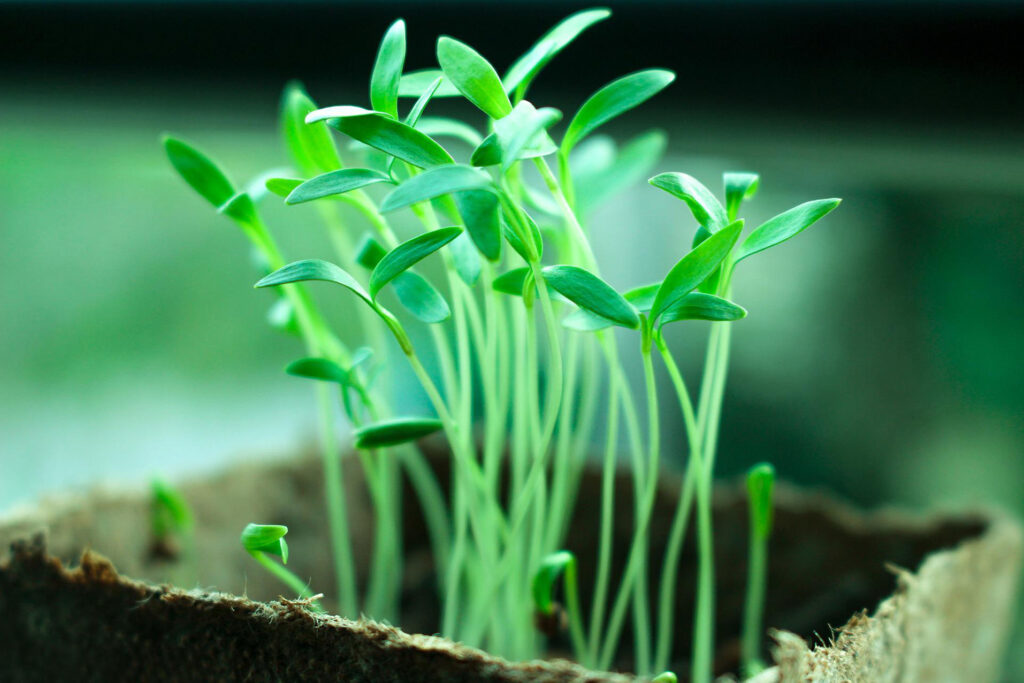
Nutrient Mobility
While each individual nutrient molecule is too small to be seen by the human eye, there are distinct size differences amongst them. Size is one factor that impacts a nutrient’s mobility. Nutrient mobility refers to the ability of a nutrient to move freely throughout the soil. The type of soil also impacts nutrient mobility.
For example nutrients may move more freely through sand than clay. A higher nutrient mobility does necessarily mean it will be easier for the plant to absorb the nutrient, as it can also make it more likely the nutrient will be washed away by run-off water.
The mobility of a nutrient affects the method in which it can be absorbed into the plant. For example immobile nutrients like phosphorus typically can only enter a plant via diffusion.
What is pH?
PH is an acronym for “potential of Hydrogen”. Nutrients change the chemical composition of soil. One important chemical factor of the soil is the pH. PH is a measure of the amount of acidity in the soil, which is controlled by the amount of Hydrogen atoms available.
A higher pH means the soil is less acidic, and there are less hydrogen atoms. Hydrogen atoms are positively charged, so a lower PH (more acidic, more hydrogen atoms) can mean a positive charge in the soil.
PH is measured on a logarithmic scale of 1-14, with 1 being the most acidic. The logarithmic scale means a 1 point change in PH is equivalent to a 10x increase in hydrogen atoms in the soil.
PH and Soil
Soil typically has pH between 4.0 – 9.0, but most plants grow best with a PH between 6.0 – 7.4. There is some variation in the ideal pH level by plant, so knowing the best level for your crops is important. The pH level of the soil or nutrient solution has a large impact on how plants can absorb nutrients.
Since one of the important routes for nutrient absorption is cation exchange, maintaining the appropriate PH level is important for the plant’s absorption of essential nutrients. As described above, cation exchange means the plant essentially trades a hydrogen atom for another cation. The plant secretes hydrogen atoms to create a negative charge and attract cations.
In order for this exchange to occur the plant needs excess hydrogen atoms to excrete, which means it has to take them up from water in the soil. Additionally, in order to create the charge difference between the plant and the soil, so cation exchange can occur, the PH value of the soil must be appropriate.
Monitoring PH
Water Quality impacts PH levels of soil. Environmental factors like acid rain can cause the PH to be higher than the plants can tolerate. Monitoring PH levels can provide growers with the data needed to determine if the soil PH should be corrected.
Nutrient Solubility
Plants can only absorb nutrients dissolved in solution. Therefore nutrient solubility plays an important role in ensuring plants receive proper nutrients. The type of soil, and pH of the soil both have an important impact on the nutrient solubility.
Some minerals like iron and zinc are highly soluble between a PH of 5 – 6. However, if the pH dips lower than this, too much of the mineral can dissolve and be taken up by the plant, which can be toxic.
Understanding nutrient solubility is especially important for adding fertilizer to soil. If too much fertilizer is added to a particular amount of water, it will not all dissolve, and will not be taken up by the plant.
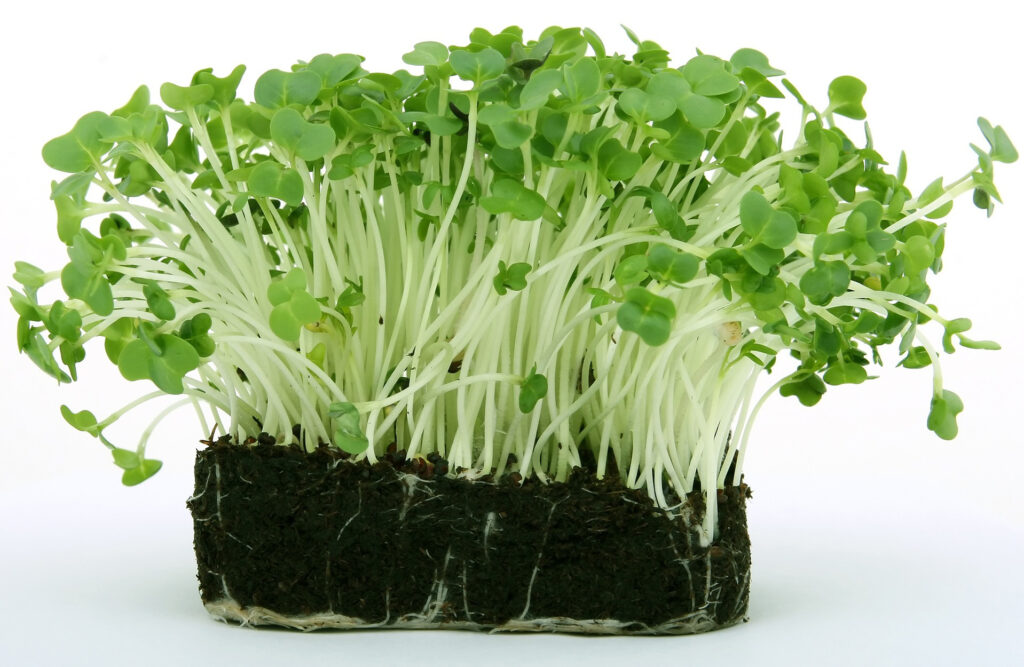
Root Health
So far, we have primarily discussed how the soil type and health impacts the plants ability to absorb nutrients. However, the health of the plant itself also impacts nutrient absorption. In particular, the roots are the key to plant health, so root health plays an important role in nutrient absorption.
Much like hair grows from our skin, roots have hair extending from them. Root hairs extend for the main portion of the root to expands the surface area in contact with the soil. This allows for greater uptake of nutrients.
Roots anchor the plants in soil, so a healthy root system ensures the plant will not blow away in the soil. Roots absorb the nutrients around them, so a healthy root system increases the contact area between the plant and the soil, allowing for greater nutrient absorption. Supplementing soil with organic fertilizers can help improve root health.
Air in the Soil
Most plants are aerobic organisms. This means they require oxygen to survive, because they need oxygen to break down food into energy. As such, the amount of oxygen present in soil makes a difference in plant nutrient absorption.
Soil air is found in between soil particles, as well as within the particles. One component of soil air is oxygen, but nitrogen, carbon dioxide, and argon can also often be found.
Well- aerated soil helps the plants receive the gasses they need to metabolize their food. As the plants use oxygen from the soil, it reduces the amount of oxygen present in the soil. In this way, plants change the composition of the soil around them. This also provides another reason it’s important to allow soil time to “rest” and have some seasons without growing, or with different plants growing.
Conclusion
Nutrient Absorption can seem daunting and complex. Breaking down the details can provide growers with the knowledge to improve plant growth Understanding plant nutrition can ensure the plant has a healthy environment to grow.
Citations
Fernández, Victoria, and Patrick H. Brown. “From Plant Surface to Plant Metabolism: The Uncertain Fate of Foliar-Applied Nutrients.” Frontiers in Plant Science, vol. 4, 2013, https://doi.org/10.3389/fpls.2013.00289.
“How Do Plants Get Their Nutrients? – Purdue University.” Agricultural Sciences Education and Communication, Purdue University, https://www.asec.purdue.edu/soilhealth/downloads/SoilNutrients.pdf.
Gatiboni, L. 2018. Soils and Plant Nutrients, Chapter 1. In: K.A. Moore, and. L.K. Bradley (eds). North Carolina Extension Gardener Handbook. NC State Extension, Raleigh, NC. https://content.ces.ncsu.edu/extension-gardener-handbook/1-soils-and-plant-nutrients
Morgan, J. B. & Connolly, E. L. (2013) Plant-Soil Interactions: Nutrient Uptake. Nature Education Knowledge 4(8):2
“Nutrient Acquisition by Plants.” Organismal Biology, Georgia Tech, https://organismalbio.biosci.gatech.edu/nutrition-transport-and-homeostasis/acquisition-of-nutrients-in-plants/.
Rasheed, Rizwan, et al. “Nutrient Uptake.” Nutrient Uptake – an Overview | ScienceDirect Topics, Science Direct, https://www.sciencedirect.com/topics/agricultural-and-biological-sciences/nutrient-uptake.
